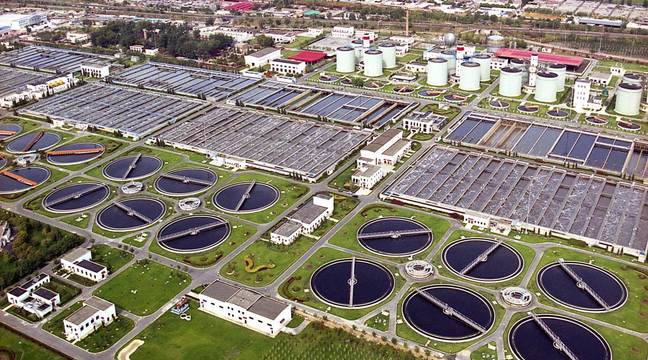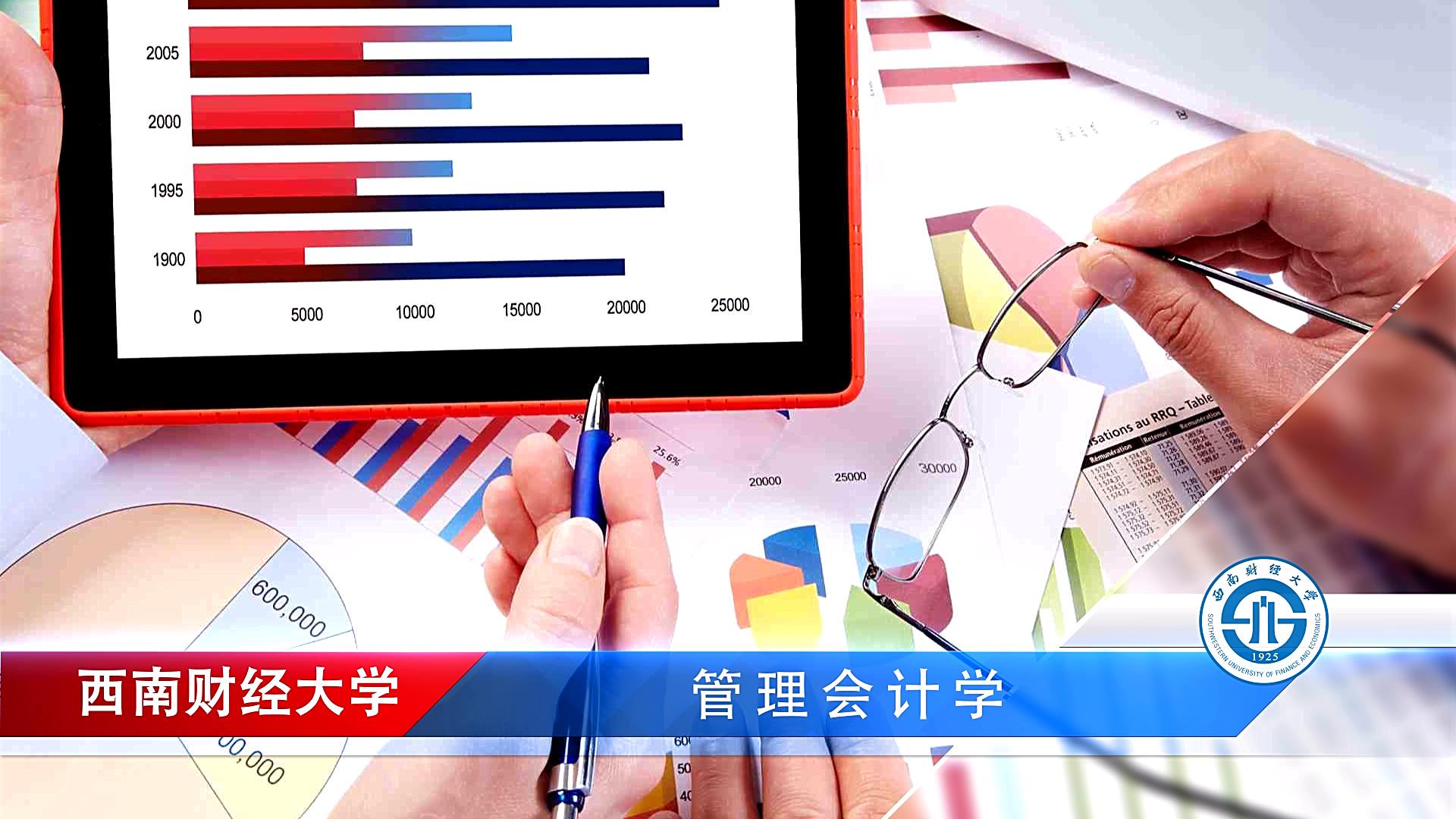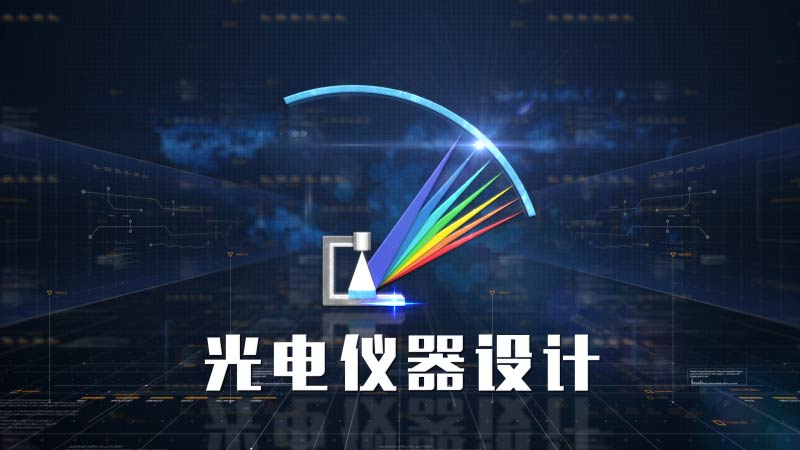
当前课程知识点:Production Engineering > Chapter 3 Wellbore Flow Performance > 3.1 Two-Phase Flow in Wellbore > 3.1.2 Slip Phenomenon
返回《Production Engineering》慕课在线视频课程列表
返回《Production Engineering》慕课在线视频列表
同学们好
本节我们学习油气两相流动中独特的一种现象
滑脱现象
什么是滑脱现象呢 在垂直管流当中
由于流体间的密度差异
产生的气体超越液体流动现象称为滑脱现象
我们看到在垂直两相流动中
泡流 段塞流 环流和雾流
都存在有不同程度的滑脱现象
当然相对于段塞流动来说
泡流的滑脱现象更明显一些
原因就在于气泡超越周围的液体 向上流动
和气团顶开上端的液体向上流动
它的容易程度不一样 相对来说
泡流的滑脱就更容易产生
滑脱现象给我们的流动规律
会带来什么样的影响呢
要想回答这个问题
首先我们需要了解两个概念
第一个概念就是持液率 什么是持液率呢
在气液两相流动的状态下
液相所占据的单位管段的容积的份额
称为持液率 也称为真实含液率
用这个公式来表达 HL表示持液率
它是液相的管段容积比上整个管段的总容积
同比上管段长度的话就可以得到
液相所占据的截面上的面积比上管段的总面积
也就是说在一个圆形管段的截面积图上
液相占据的份额占整个份额的多少
第二个概念是空隙率 这个空隙率
就是气相所占据的断面的份额是多少
根据这两个定义 我们可以知道
空隙率和持液率加起来之和应该是等于1的
了解了持液率和空隙率的概念之后
我们来看 因为滑脱现象的产生
在管段里面从持液率的角度来说
发生了什么样的变化
如果对于一个管段来说 有气相 有液相
固定的流量进入到管段里面流动
而在流动中发生了滑脱现象
所谓滑脱现象 我们刚才讲了
气相的速度比液相的速度流的快了
而从入口端的流量上来看
气相的流量和液相的流量并没有改变
如何使它速度 气相的速度变快呢
我们写出流量跟速度和面积之间的关系
也就是流量应该等于
流动的速度乘以它流动的面积
如果在流动过程当中速度变快了
而流量并没有变 只有一种情况
就是它所占据的流通面积变小了
也就是说在滑脱现象产生之后
气相的速度变快了 相对应的
它流动所占据的管段截面积份额变少了
我们画出一个示意图 就是如下的一个示意图
从入口端气相所占据的管段越向上流动的时候
气相所占据的截面积越来越小
而流动的流量不变 所以它的流速变快了
滑脱现象就产生了
为什么我们去强调在截面上的比例呢
就是我们刚才所给大家介绍的
持液率的这种概念
滑脱现象的产生
会导致气体所占据的管段截面积减少
也就是空隙率减少
相对应的液相所占据的管段截面积就增加了
也就是持液率增加了
因此我们有这样的一个结论
滑脱导致沿井筒自下而上的持液率逐渐增加
这样的一种增加的持液率带来的后果是什么
会导致混合物的密度发生变化
下面我们就来看考虑
滑脱效应的混合物密度是如何来计算的
我们用密度的定义式来求混合物的密度
这个地方是气相的质量
这个地方是液相的质量
这是整个管段的总体积
这样做的结果 整理一下
我们就可以得到相对来说是采用持液率
加权平均得到了混合物的密度
这个就是考虑滑脱效应
对应的混合密度是这么算的
里面用到了持液率
而持液率在管段里面是变化的
所以我们说混合物的密度在这个地方
就可以这样来计算出来
为了表达滑脱的效应带来的变化
这种考虑滑脱混合物的密度是这样计算的
不考虑滑脱又是什么样的一种情况呢
我们来看 如果不考虑滑脱的情况之下
整个井筒里面的持液率是怎么变化的呢
如果还是刚才的那种条件
入口端气相的流量 液相的流量
我们要注意到的是不考虑滑脱的情况之下
在井筒里面的流动
气相的速度和液相的速度是一样的
是同时向上流动的
这个时候我们说无滑脱的比例
在井筒之内所占据的管段的比例是相同的
也就是说在无滑脱的情况之下
持液率应该是采用这样一个式子来表达的
为了和有滑脱的区分
我们用 来表达无滑脱的持液率
它其实就等于在管段的入口端
液相的流量比上混合物的总体积流量
这个就是无滑脱的持液率的计算式
有了两个持液率的计算公式了
我们来看不考虑滑脱效应的混合物密度
又是如何算的呢
还是采用这样一个定义式来计算
我们整理以后得到的结果
在不考虑滑脱效应的情况之下
混合物的密度 就是对于
无滑脱持液率的一个加权平均
考虑滑脱的密度 不考虑滑脱的密度
我们都计算出来了
这个时候所谓的滑脱损失指的就是
因滑脱产生的附加损失
这种附加损失其实就是带来的密度上的差别
我们把两个密度代到这个公式里面整理一下
我们就可以得到一个密度的差别
相对来说 产生滑脱带来的密度
和没有滑脱带来的混合物的密度之间
是有这么大的一个差别
也就是说
滑脱损失的实质就是液相的流动断面增大
引起的混合物密度的增加
为什么我们总是去强调密度的变化呢
这是因为在垂直管流里面
重力的影响占了非常大的一个份额
而重力的影响跟混合物的密度是直接相关的
以上就是我们介绍的滑脱现象
以及所带来的影响
同学们再见
-1.1 Main Tasks of Production Engineering
--1.1 Main Tasks of Production Engineering
-1.2 Flow in Production System
--1.2 Flow in Production System
-Problems
--Chapter 1 - Problems
-2.1 IPR Curve and Well Productivity
--2.1.1 Single-Phase Oil Inflow Performance Relationships
-2.2 Vogel's IPR and Applications
--2.2.2 Determination of IPR Curves Using Vogel's Equation
--2.2.3 Skin Factor and Flow Efficiency
--2.2.4 Extension of Vogel's Equation for Non-Complete Wells
--2.2.5 Combination Single-Phase Liquid and Two-Phase Flow
-Problems
--Chapter 2--Problems
-3.1 Two-Phase Flow in Wellbore
--3.1.1 Flow Regimes in Vertical Flow
-3.2 Two-Phase Vertical Flow Pressure Gradient Models
--3.2.1 Two-Phase Pressure Gradient Equations
--3.2.2 Predicting Gas-Liquid Flow Regimes Using the Okiszewski Correlation
--3.2.3 Pressure Gradient Calculation Using the Okiszewski Correlation
-3.3 Vertical Lift Performance
--3.3 Vertical Lift Performance
-Problems
--Chapter 3--Problems
-4.1 Nodal Analysis Approach
--4.1.2 Solution Node at Bottom of Well
--4.1.3 Solution Node at Wellhead
-4.2 Flow through Chokes
--4.2.2 Solution Node at Choke
-Problems
--Chapter 4--Problems
-5.1 Principles of Gas Lift
--5.1.2 Initial Kick-off of Gas Lift
-5.2 Gas Lift Valves and Gas Lift Completions
-5.3 Gas Lift Design
--5.3.1 Gas Lift Design for Specific Production Rate
--5.3.2 Gas Lift Design for Specific Injection Rate
--5.3.3 Kick-off Procedure with Unloading Valves
--5.3.4 Design Depths of Unloading Valves
-Problems
--Chapter 5--Problems
-6.1 Introduction of Surface and Downhole Equipment
-6.2 Operating Principle of Sucker Rod Pumps
-6.3 Pumping Unit Kinematics
--6.3.1 Motion of Polished Rod-Simple Harmonic Motion
--6.3.2 Motion of Polished Rod-Crank and Pitman Motion
-6.4 Polished Rod Load
--6.4.3 Peak Polished Rod Load and Minimum Polished Rod Load
-Problems
--Problems for chapter 6: Sucker Rod pumping I
-6.5 Calculation of Counterbalancing, Torque and Power
--6.5.1 Balance of Pumping Unit
--6.5.2 Counterbalancing Calculation
--6.5.3 Torque and Torque Factor
-6.6 Volumetric Efficiency of Pump
--6.6.2 Gas Effect on Pump Performance
--6.6.3 Measures of Enhancing Pump Volumetric Efficiency
-6.7 Design of Pumping System
--6.7.1 Strength Calculation and Design of Sucker Rod Strings
--6.7.2 Design Procedures of Pumping System
-6.8 Analysis of Sucker Rod Pumping Well Conditions
--6.8.1 Acoustic Surveys and Analysis of Annular Liquid Levels
--6.8.2 Introduction of Dynamometer Card
--6.8.3 Typical Dynamometer Cards
-Problems
--Problems: Chapter 6: Sucker Rod Pumping (II)
-7.1 Water Injection System
--7.1.1 Water Resources and Water Treatment
--7.1.2 Introduction of Water Injection System
-7.2 Injectivity Analysis
--7.2.1 Injectivity and Injectivity Index Curves
-7.3 Injection Tubing String
--7.3 Introduction of Injection Tubing Strings
-7.4 Analysis and Application of Injectivity Index Curves
--7.4.1 Analysis of Injectivity Index Curves
--7.4.2 Injection Choke Deployment
-Problems
--Chapter 7--Problems
-8.0 Introduction
-8.1 The Fracturing of Reservoir Rock
--8.1.1 Basic Rock Mechanics Parameters
--8.1.4 Fracture Initiation Conditions
-Problems
--Chapter 8(I)--Problems
-8.2 Fracturing Fluids
--8.2.2 Fluid-Loss Properties of Fracturing Fluids
--8.2.3 Rheological Properties of Fracturing Fluids
-8.3 Proppants
-8.4 Hydraulic Fracturing Design
--8.4.1 Productivity Index of Hydraulic Fracturing Wells
--8.4.2 Fracture Geometry Models
--8.4.3 Design Procedure for Hydraulic Fracturing
-Problems
--Chapter 8(II)--Problems
-9.0 Introduction
-9.1 Carbonate Acidizing
--9.1.1 Mechanism of Carbonate Acidizing
--9.1.2 Effect Factors of Reaction Rate
--9.1.4 Effective Distance of Live Acid
-9.2 Sandstone Acidizing
--9.2.1 Mechanism of Sandstone Acidizing
--9.2.2 Mud Acid Treatment Design
-9.3 Acidizing Treatment Technologies
--9.3.2 Acidizing Treatment Operations
-Problems
--Chapter 9--Problems
-Final Exam



